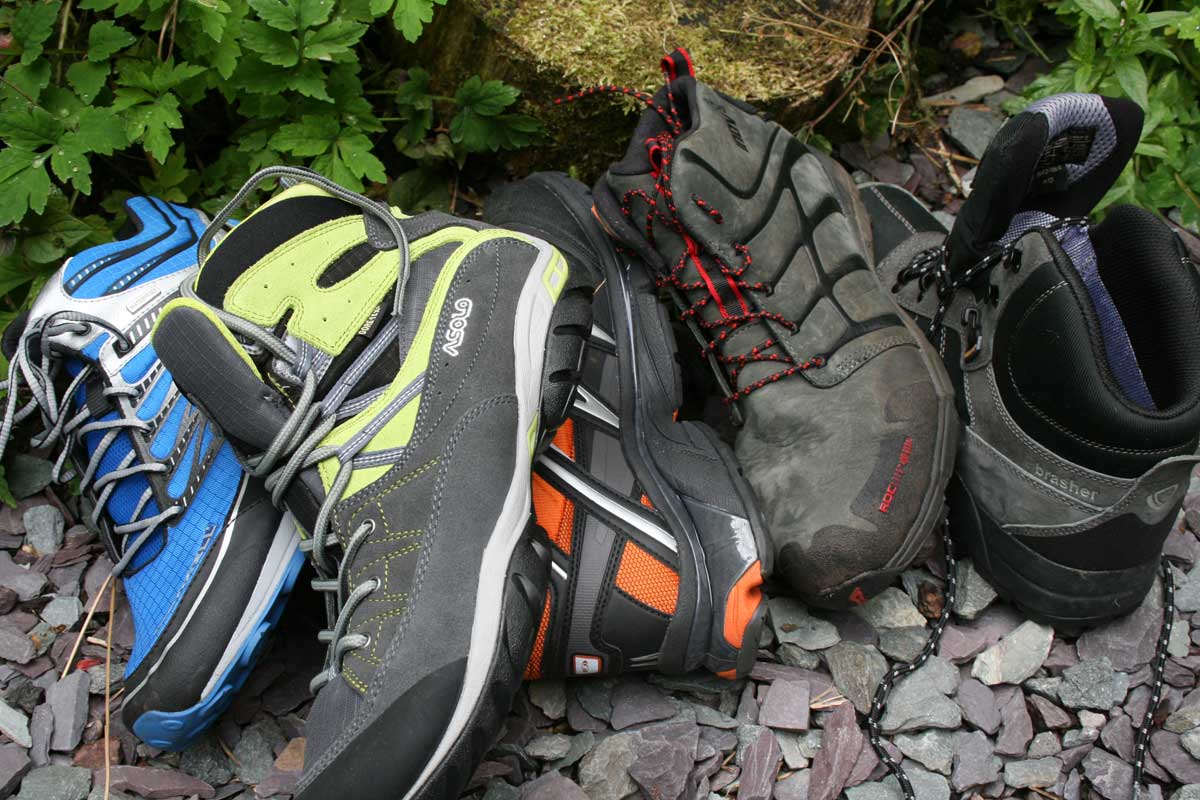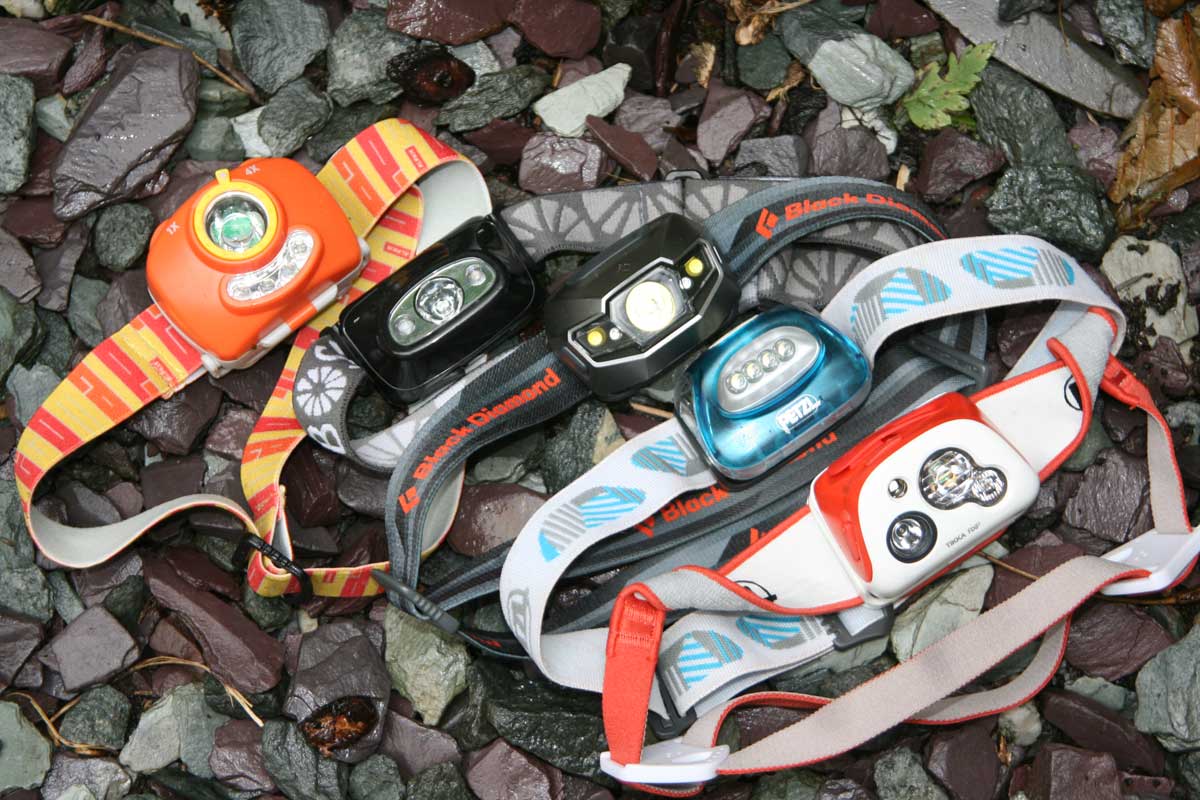Which Fabric?
It’s easy to get fixated on fabric choice, but you won’t go far wrong with any of the majors – Gore-Tex, eVent, Polartec NeoShell, Paramo and own-brand fabrics from established outdoor brands should all do a decent job though there will be variations in outright waterproofness and ‘breathability’, the fabric’s ability to let sweat out.
Here’s a run-down of how the main options work:
Gore-Tex Pro
Gore’s tough but light mountaineering fabric aimed at climbers and mountaineers. It’s decently breathable, deceptively hardwearing and very reliable. It can be a little crackly compared to some.
Gore-Tex Active
Not as hardwearing as Gore-Tex Pro, it’s aimed at fast-moving runners, cyclists and sweaty folk thanks to its excellent breathability levels. Worthy seeking out if you run hotter than average.
Gore-Tex
Standard Gore-Tex is a good all-rounder for walking use. It’s very reliable and breathable enough to stay comfortable for most steady walking use. This year it’s been joined with a new premium version called C-KNIT which is softer and more breathable, but also more expensive.














